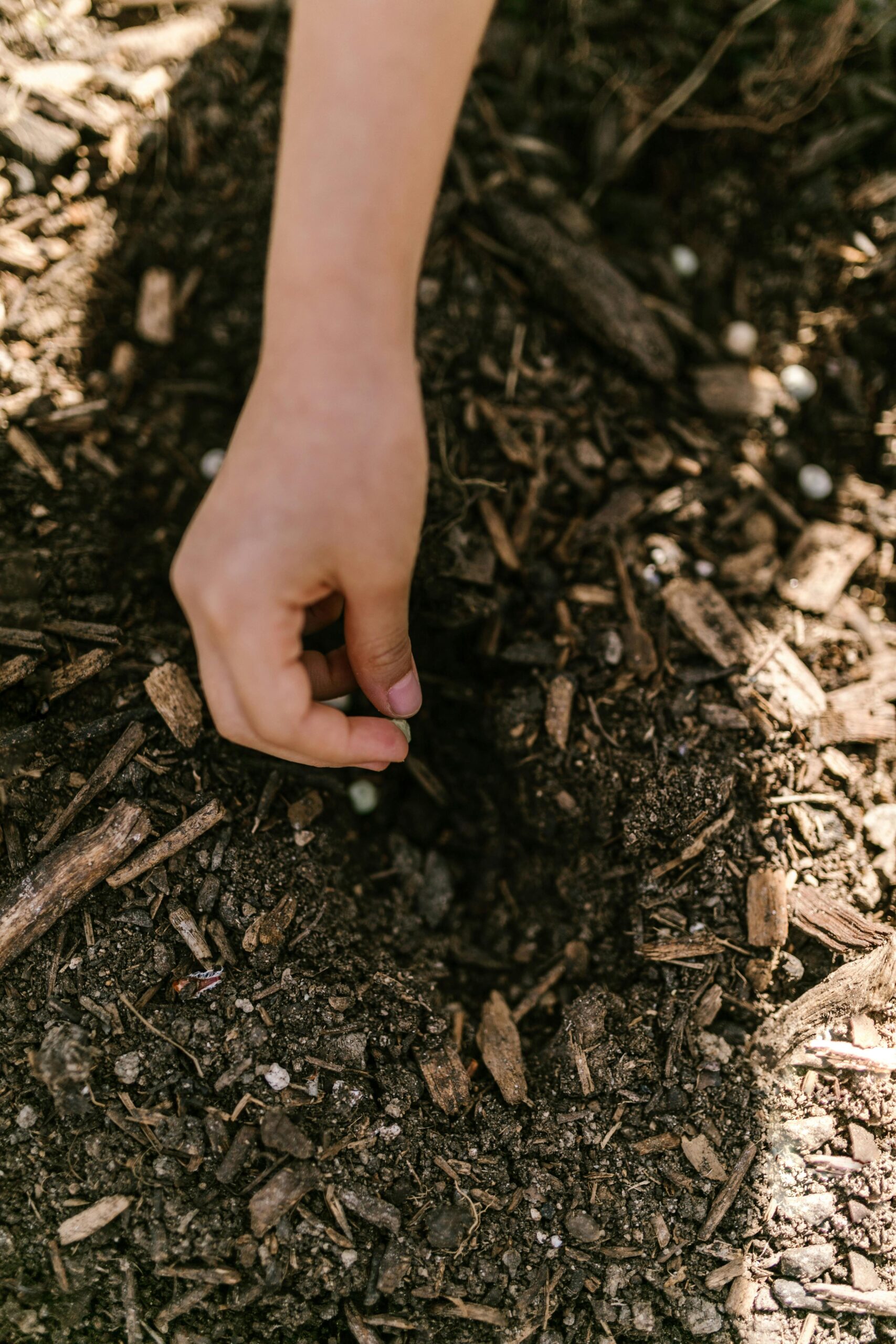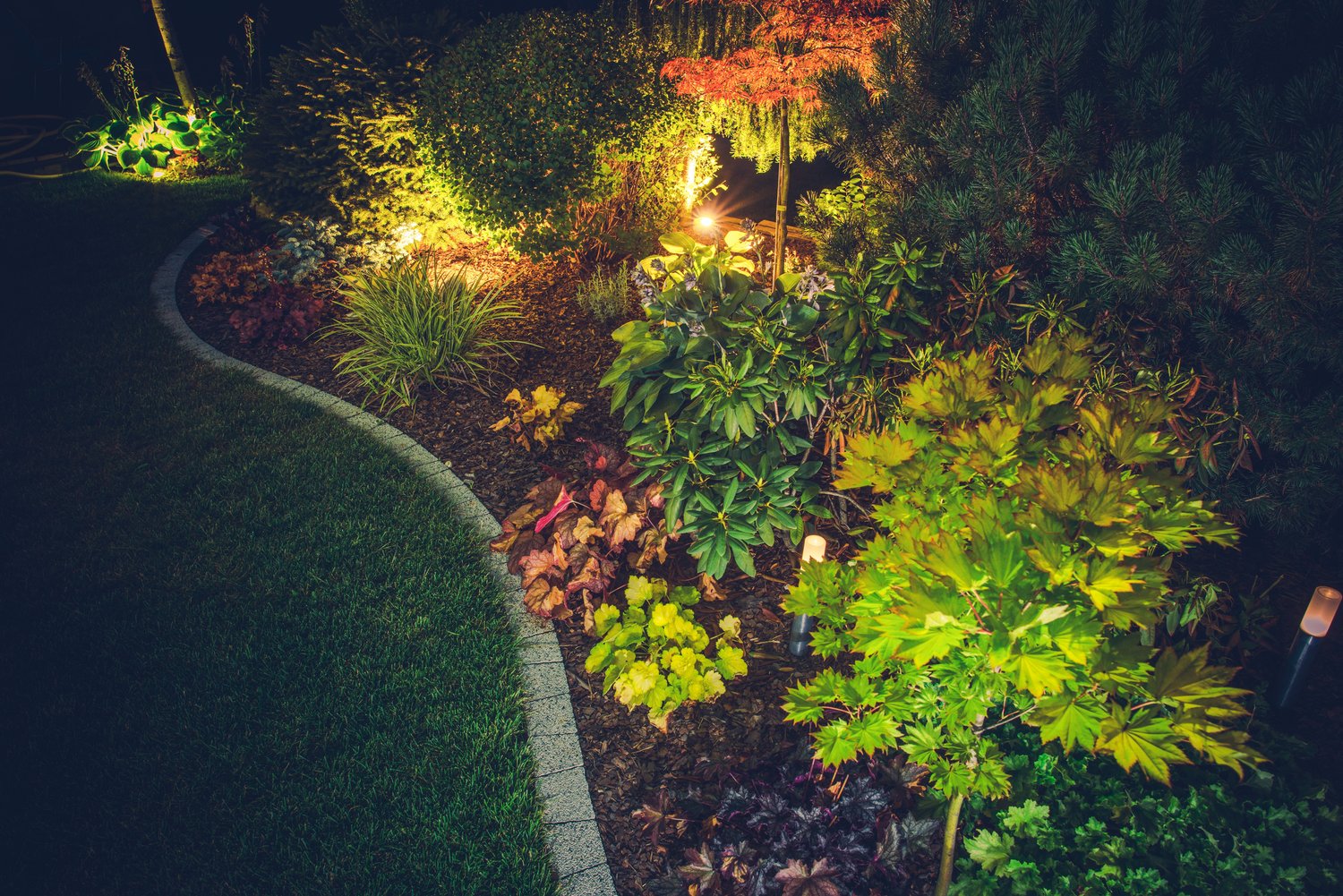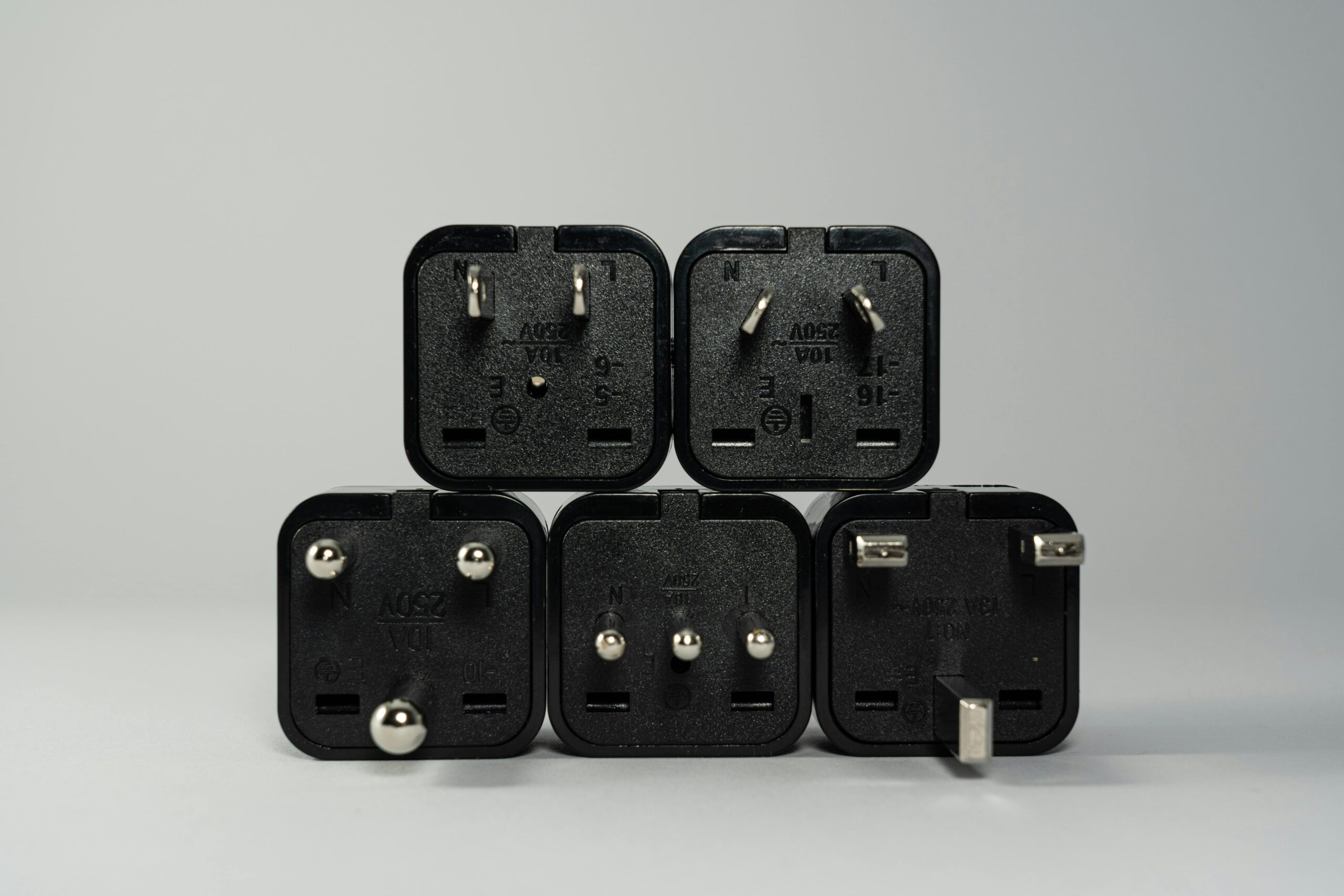Mulching is one of the most beneficial practices for maintaining healthy garden beds and landscaping. This protective layer applied to soil surfaces serves multiple purposes, from conserving moisture to suppressing weeds. Whether you’re a seasoned gardener or just starting out, understanding the fundamentals of mulching can significantly improve your gardening results. This comprehensive guide will explore the various benefits of mulching, compare different mulch types, and provide practical advice on how to apply mulch correctly to maximize its effectiveness.
What Is Mulch and Why Use It?
Mulch is any material applied to the soil surface that forms a protective covering. The practice of mulching mimics nature’s way of recycling organic matter and protecting soil in natural ecosystems. When you observe a forest floor, you’ll notice a layer of decomposing leaves and plant materials that naturally insulate the soil. This natural mulching process has inspired gardeners to replicate these conditions in controlled environments like garden beds and landscaping areas.
The benefits of mulching are numerous and significant for both plant health and gardener convenience. Perhaps the most notable advantage is moisture retention—a properly mulched garden can retain up to 70% more moisture than unmulched soil. This water conservation is particularly valuable during hot summer months or in drought-prone regions. Additionally, mulch moderates soil temperature, keeping roots cooler in summer and warmer in winter, thus extending your growing season.
Weed suppression is another major benefit that cannot be overstated. A 2-4 inch layer of mulch blocks sunlight from reaching weed seeds, preventing germination and dramatically reducing the time you’ll spend pulling weeds. Over time, organic mulches break down and enhance soil structure while adding valuable nutrients, essentially creating a slow-release fertilizer system for your plants.
Types of Mulch: Choosing the Best Option for Your Garden
Mulches fall into two main categories: organic and inorganic. Understanding the differences is crucial when selecting the best mulch for garden beds and landscaping projects. Your choice should align with your specific gardening goals, aesthetic preferences, and maintenance capacity.
Organic mulches include materials derived from plant or animal sources that decompose over time. Wood chips and bark are popular choices that break down slowly and work well around trees and perennial beds. Shredded leaves provide excellent nutrition as they decompose but may blow away in windy conditions. Straw is ideal for vegetable gardens as it’s lightweight and easy to work with. Grass clippings offer a free mulching option but should be applied in thin layers to prevent matting. Compost serves as both mulch and soil amendment, adding nutrients as it breaks down.
Inorganic mulches include materials that don’t decompose and offer more permanent solutions. Landscape fabric allows water to penetrate while blocking weeds, though it can degrade over time from sun exposure. Rubber mulch, often made from recycled tires, lasts for years but doesn’t contribute to soil health. Stone and gravel provide excellent drainage and work well in rock gardens or areas where organic matter might wash away. These options require minimal replacement but don’t improve soil quality.
As mentioned in numerous gardening forums and on platforms like AskHomey, the best mulch for your garden depends on your specific needs. If soil improvement is your primary goal, organic mulches are superior. For low-maintenance areas where soil enrichment isn’t a priority, inorganic options might be preferable.
How to Apply Mulch Correctly
Proper mulch application is essential to reap its full benefits. The process begins with thorough preparation of the area. Remove existing weeds and debris from the garden bed, as mulching over weeds can exacerbate weed problems rather than solve them. Consider applying a layer of newspaper or cardboard as a biodegradable weed barrier before adding mulch.
Timing matters when applying mulch. In most regions, spring application after soil has warmed is ideal, preventing soil from becoming cold and soggy. For winter protection, apply mulch in late fall after the ground has frozen to prevent frost heaving.
The depth of mulch application is critical and varies by material type. For coarse materials like wood chips or bark, a 3-4 inch layer is appropriate. Finer materials like compost or shredded leaves work best at 2-3 inches. Avoid the common mistake of piling mulch against tree trunks or plant stems, which can cause rot and create habitats for pests. Instead, leave a few inches of space around the base of plants to allow air circulation.
Edge containment helps maintain a tidy appearance and prevents mulch from migrating into lawns or walkways. Simple edging materials like plastic, metal, or stone can define the boundaries of mulched areas and enhance the overall landscape design.
Maintaining Your Mulch
Even the best mulch garden beds require occasional maintenance. Organic mulches decompose over time, necessitating replenishment. Rather than removing old mulch, simply add a thin new layer on top when the existing mulch has significantly broken down, usually every 1-2 years. Rake the mulch periodically to prevent compaction and maintain its effectiveness in suppressing weeds.
Seasonal adjustments might be necessary. Pull mulch away from perennials in early spring to allow soil to warm more quickly, then replace it once plants are actively growing. In fall, add mulch around tender perennials for winter protection after the ground freezes.
Learning how to apply mulch correctly is an investment that pays dividends through healthier plants, reduced maintenance time, and enhanced garden aesthetics. With proper application techniques and material selection, mulching becomes a cornerstone of successful gardening practice.
For more tips and to connect with reliable home service professionals, follow AskHomey on Facebook and Instagram.



